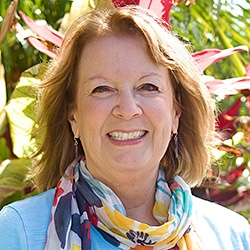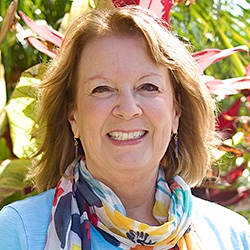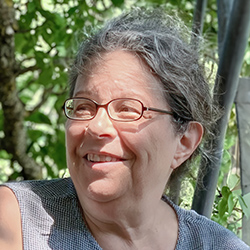

NVC Resources on Mourning
-
As you witness injustices in the world, tension, anger, hopelessness, despair and more, may rise up in you. These feelings may lead to reactive thinking that doesn't contribute to healing nor wise action. Mourning is a universal need. If your culture pushed away grief and its emotional expression, you may have habits that block your access to the aliveness of grief. Read on for ways to give grief the space and support it needs.
-
In this practice group class, certified CNVC trainers Jim and Jori Manske are facilitating the exploration of the topic of Mourning using the three modes of NVC: self-empathy, honesty and empathic presence. You'll learn how to accept a loss, let yourself feel the sadness and all the emotions, and allow yourself to grieve.
-
Trainer Tip: Mourning enables us to heal the pain and gain clarity about how to meet our needs in the present moment.
-
Integrating a full living involves grief/mourning and gratitude. Here we'll more deeply integrate inner and outer dimensions of gratitude and grief. In any experience there's the outer aspect, an event that occurs in life. And there's the inner response to the outer event. When we judge the outer positively or negatively we're in tension or resistance to our experience. Here we'll explore a more integrated mode of experiencing.
-
Mourning, grief and celebration is a way to connect with what we love and want to honor. In this trainer tip we learn that these three things can become a way for us to understand our emotions regarding our losses and appreciations.
-
Anger and resentment can signal unmet needs. Through mourning those needs and practicing self-empathy, we may let go of blame, embrace reality, and reclaim responsibility for fulfilling our own needs. This process may lead to emotional transformation through conscious reflection, and a new outlook.
-
Trainer Tip: Taking time to mourn our regrets and unmet needs can lead to a deeper self-connection and feelings of peace.
-
When something happens that we don't like no amount of resentment nor magical thinking will make it disappear. Instead, we can mourn to dissolve our own resistance, resentment, and numbness of resignation. Mourning can allow us to feel pain with acceptance, and without needing to be okay with what happened. Acceptance can bring us to a place where even all the anguish in the world is fully, part of life.
-
In a recent vacation in a Mexican village, I was surprised to find myself in the midst of a community in mourning. Two days before I came, a 21-year-old girl had died in a car accident. Everyone in the town knew her and was openly affected by her death.
-
Join Jori and Jim Manske to explore, learn and practice an NVC approach to mourning and celebration.

Quick Links
Subscription Preferences
Stay In Touch!
Looking for ways to keep up with NVC Academy news, get special offers, free resources, or words of inspiration? Here are five ways to stay engaged:










